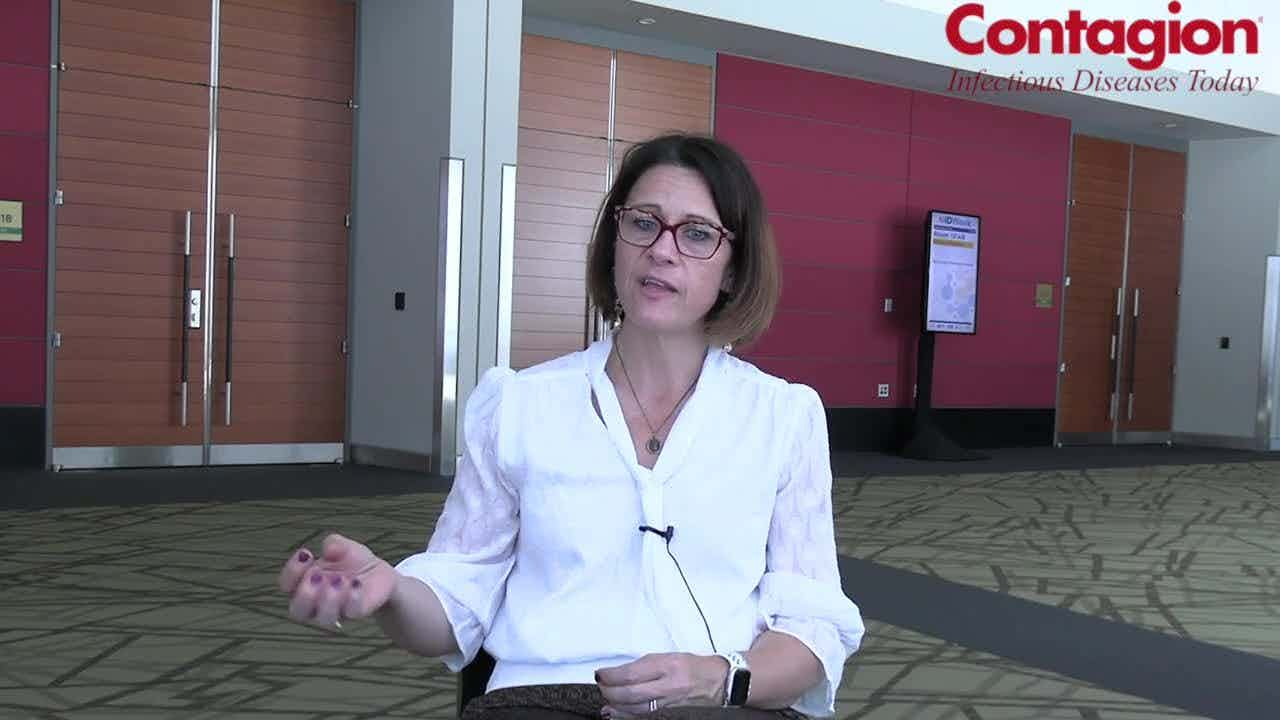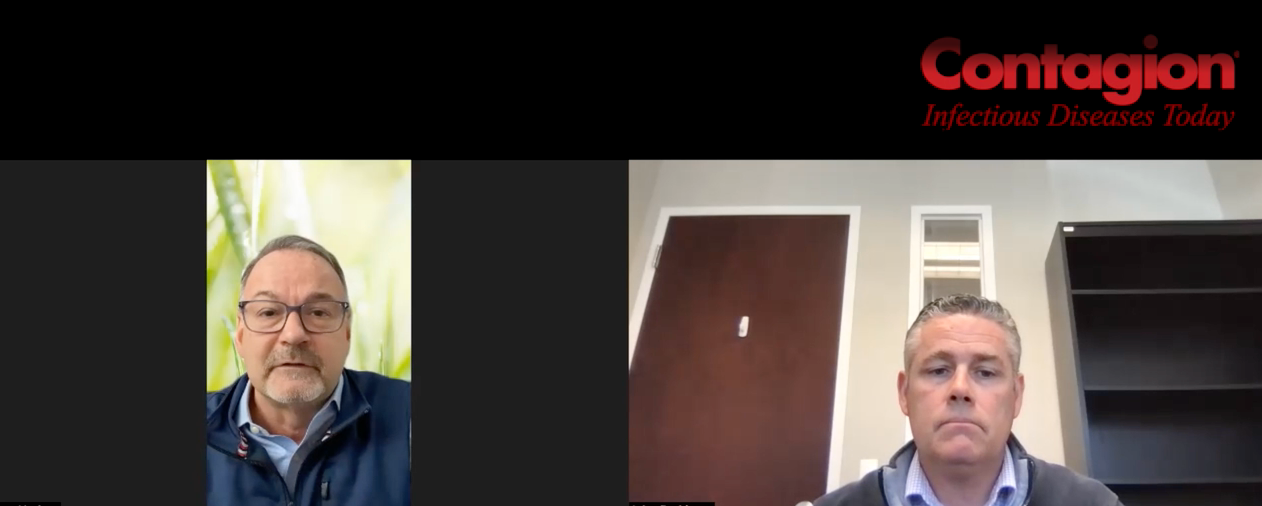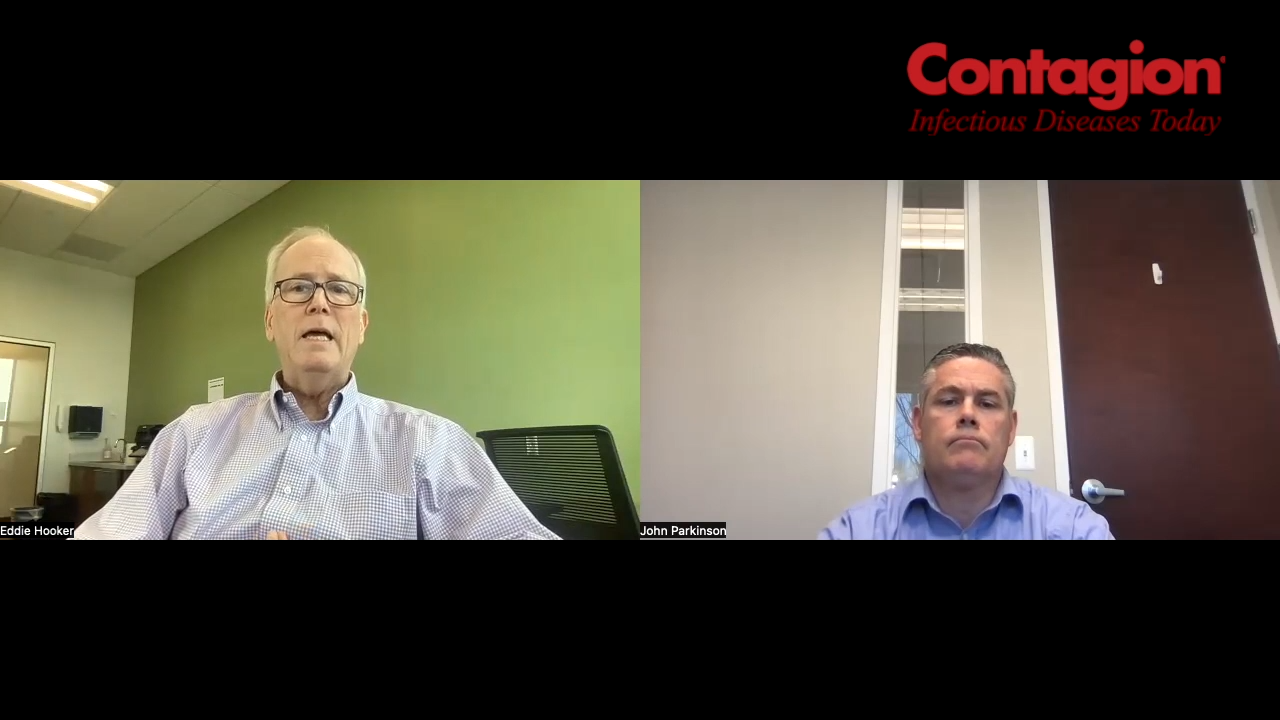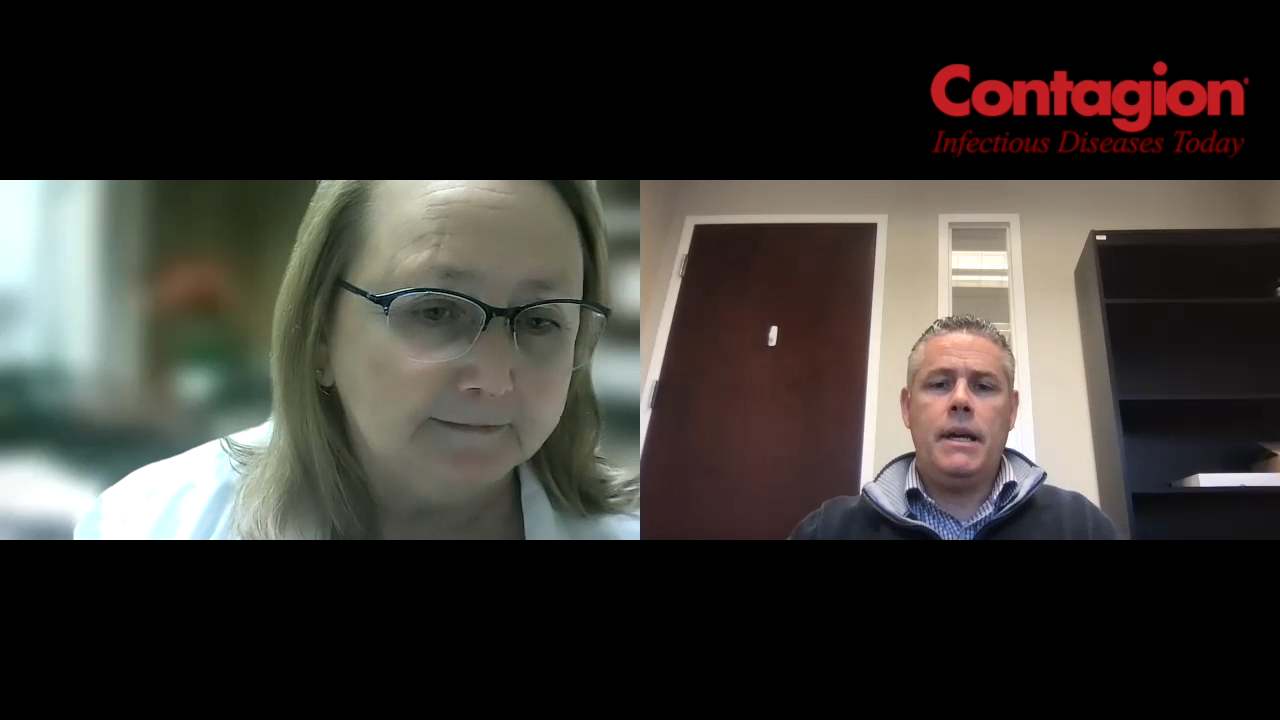Tracing Pseudomonas aeruginosa Throughout A Hematology Unit
A surprising source of this opportunistic pathogen was found through environmental testing.
Hospital infection control is difficult health care-associated infections seem to come from everywhere; however, a hematology unit comes with its own challenges and risks. Patients hospitalized in a hematology unit are fighting for their lives, making infection prevention efforts that much more vital. Many of these patients have severely weakened immune systems and are susceptible to opportunistic infections. Whether it is influenza viruses or aspergillosis, outbreaks can easily happen in a hematology unit and they often move swiftly and cause significant damage. Recently, investigators from the United Kingdom found that the environment can be a major source of outbreaks of one particularly vicious pathogen: Pseudomonas aeruginosa (P. aeruginosa).
P. aeruginosa is one of those opportunistic organisms that tends to prey on immunocompromised patients. The bacterium thrives in a range of environments, but it tends to do best in moist settings. Infections are often limited to those who have a weakened immune system and/or are hospitalized.
There are range of exposure routes that exist, such as contaminated hands or poorly-cleaned equipment; but, the most common route of exposure is through water as P. aeruginosa is known to colonize hospital water supplies, like taps and sinks, and can develop a tough biofilm that is hard to remove. To make matters worse, the bacterium can become resistant to multiple antibiotics, making it even more deadly for patients with already weakened immune systems.
Understanding hospital-based transmission and outbreaks are critical to reducing the likelihood that one will happen. To this end, investigators in a recent study performed environmental testing and passive surveillance of patients in a British hospital hematology unit. From January 2013 to now, the investigators collected water samples from the tap and shower in patient rooms of a hematology unit at the Queen Elizabeth Hospital Birmingham in the United Kingdom. These water samples were collected in connection with 3 patients who were identified as having bloodstream infections with P. aeruginosa, which typically warrants environmental testing, and in this case, additional testing involved infusion procedure trays, etc.
The findings of the study were rather interesting; the P. aeruginosa cultured from the blood of the 3 patients was identical to that of the strains found in the water through molecular typing.
The investigators found that “the transmission event was surmised to be due to cleaning of equipment, specifically an infusion therapy procedure tray used to transport intravenous drugs to patients, with water from an outlet colonized by P. aeruginosa.”
The investigation and findings underline the continued efforts that are needed to reduce the bioburden of P. aeruginosa and its danger to immunocompromised patients. Medical equipment cleaning and routine cleaning of water outlets are critical to reducing the risk of transmission. Although we often consider health care workers and visitors to be a crucial component to both helping or hindering the spread of infections in hospitals, it is critical to remember the role of engineering controls and environmental cleaning.
The Centers for Disease Control and Prevention (CDC) state that an “estimated 51,000 health care-associated P. aeruginosa infections occur in the United States each year. More than 6,000 (13%) of these are multidrug-resistant, with roughly 400 deaths per year attributed to these infections.” In fact, multidrug-resistant P. aeruginosa is so concerning, the CDC has given it a serious threat level in their antibiotic resistance report.




















